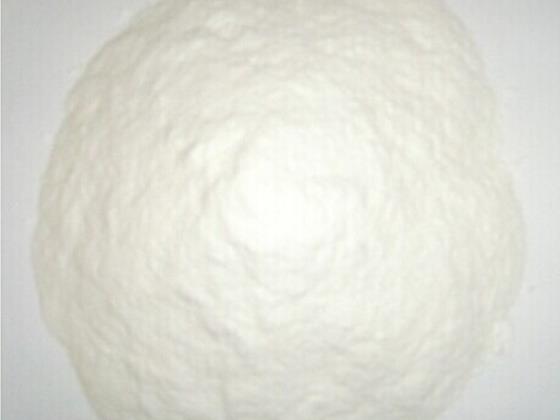行业知识
What are the current methods for processing PTFE micropowder abroad?
The use of ArF as a laser for the treatment of PTFE is a new method adopted abroad. Its basic principle is to irradiate a substance with a laser. On the one hand, it can react with the surface of the PTFE to introduce a substance that is easy to bond; On the one hand, the surface of the PTFE can form free radicals, and the monomer can form a graft copolymer with it to achieve the purpose of improving the bonding strength. According to the reaction type, it can be divided into a group reaction and a graft reaction.
(1) The group reaction treatment process is to irradiate PTFE in a gaseous substance atmosphere with an ArF laser, and the gaseous substance reacts with the surface of the PTFE micropowder. According to different uses of PTFE, different reaction substances are selected for modification. For example, [B(CH3)3]3 is selected as the reaction material, and the modified surface is lipophilic, and NH3, B2H6, N2H4 (肼) or H2O2 is selected as the reaction substance, and the modified surface is Hydrophilic. The modification of PTFE micropowder with aromatic compounds can greatly improve the bonding strength. The advantage of this method is that it is simple and safe, and it can also selectively modify the surface of PTFE according to actual needs, avoiding chemistry. The blindness of the treatment method is very advantageous in practical applications. In addition, the surface durability of the modified PTFE is much better than the radiation method, and the plasma method using N2 is much better. People have successfully used this method in the treatment. Nickel plating on the surface of PTFE. This research is most representative of the research team led by Professor Murhara of the Japanese Metropolitan University.
(2) Grafting reaction Under the initiation of ArF laser, the PTFE surface molecules defluorinate to form free radicals, and the monomers are polymerized thereon to form a graft polymer. The graft chains are easy-bonding substances, which are chemically bonded. The form is attached to the PTFE micronized molecules and adheres to the surface of the PTFE to form a surface layer of the chemical, thus converting the bonding problem of PTFE into the bonding of the substance, simplifying the bonding of the PTFE. For example, irradiation with an ArF laser Next, CH2CHCON(CH2NH3)2 can be grafted with PTFE surface, and the contact angle of modified PTFE to water drops to 20°. In addition, it has been reported that improving the bonding property of PTFE can also be started from the molding process. Before the PTFE is formed, a light absorbing agent is added thereto, and after being irradiated with an ultraviolet laser, the wettability is improved, and the heat resistance and the light resistance are also greatly improved. The modified PTFE is bonded to the steel plate. The peel strength can reach 2.0776N/mm.

Related Industry Knowledge
- What are the PTFE surface treatment methods?
- Battery adhesive performance requirements and characteristics
- Some common applications of SBR latex
- Where is the application of high purity potassium hydroxide?
- What are the main factors affecting the performance of SBR latex?
- What are the performance advantages of carboxylated styrene-butadiene latex?
- What details should be paid attention to when using lithium hydroxide?
- Chemical reaction and use of lithium hydroxide
- Sodium hydroxide harm to the human body and first aid measures


